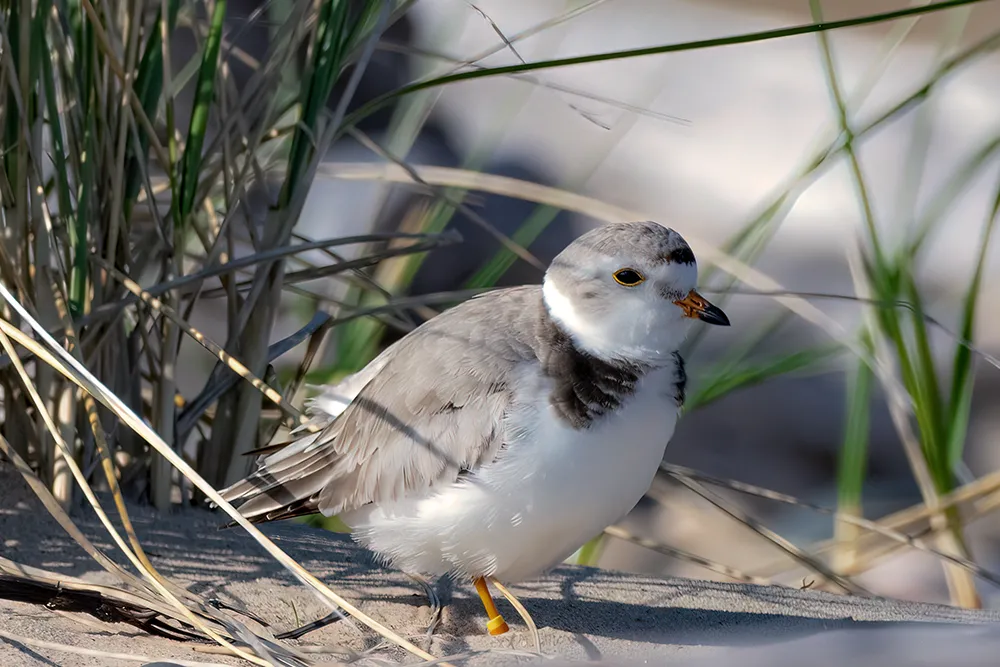Sometimes the mere presence of human activity can be a threat to birds and other wildlife. For example, close approach by watercraft has long been known to disturb nesting birds such as loons, and wildlife managers have responded with remedies such as installing signage and roping off areas around nests. The same strategies are used to protect cliff-nesting Peregrine Falcons and Piping Plovers on coastal beaches. It is increasingly recognized that many other nesting birds will alter their behavior in response to passive recreation such as hiking and dog-walking, with implications for trail placement even on protected lands. Sometimes human presence too close to nests can serve to attract predators.


During migration, it is critical that birds build up sufficient fat reserves to fuel the next leg of their journey. When not actively foraging, they need to rest and conserve energy, and anything that disturbs them may compromise their migratory preparation. Most research on this topic relates to migrating shorebirds, which often roost on beaches that are also used by people. When these resting birds are flushed by beach-goers or their dogs they expend valuable energy, and may end up delaying their departure as a result. The later they leave, the less likely they are to survive the entire journey. An extreme version of this threat is thankfully rare, and involves unregulated hunting of migrating or wintering shorebirds and terns. This practice is limited to a handful of countries in the eastern Caribbean and South America, but is believed to have contributed to declines in some species.
Information for the species profiles on this website was compiled from a combination of the sources listed below.
The Birds of New Hampshire. By Allan R. Keith and Robert B. Fox. 2013. Memoirs of the Nuttall Ornithological club No. 19.
Atlas of the Breeding Birds of New Hampshire. Carol R. Foss, ed. 1994. Arcadia Publishing Company and Audubon Society of New Hampshire
Birds of the World. Various authors and dates. Cornell Laboratory of Ornithology.
Data from the Breeding Bird Survey
Data from the Christmas Bird Count